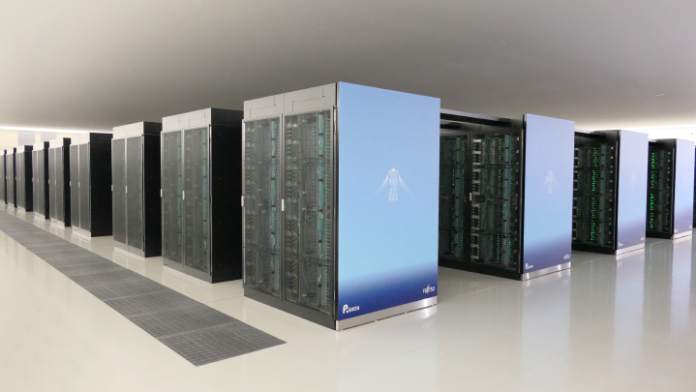Fujitsu and Osaka University’s Center for Quantum Information and Quantum Biology (QIQB) have unveiled a new, highly-efficient analog rotation quantum computing architecture which represents a significant milestone toward the realisation of practical quantum computing.
The new architecture reduces the number of physical qubits required for quantum error correction — a prerequisite for the realisation of fault-tolerant quantum computing — by 90% from 1 million to 10,000 qubits.
This breakthrough will allow research to embark on the construction of a quantum computer with 10,000 physical qubits and 64 logical qubits, which corresponds to computing performance of approximately 100,000 times that of the peak performance of conventional high performance computers.
Moving forward, Fujitsu and Osaka University will further refine this new architecture to lead the development of quantum computers in the early FTQC era, with the aim of applying quantum computing applications to a wide range of practical societal issues including material development and finance.
Gate-based quantum computers are expected to revolutionise research in a wide range of fields including quantum chemistry and complex financial systems, as they will offer significantly higher calculation performance than current classical computers.
Logical qubits, which consist of multiple physical qubits, play a major key role in quantum error correction technology, and ultimately the realisation of practical quantum computers that can provide fault-tolerant results.
The realisation of a genuine fault-tolerant quantum computer is estimated to require more than one million physical qubits in total.
Thus, Fujitsu and Osaka University developed a new architecture that is able to significantly reduce the number of physical qubits required for quantum error correction, and enable even quantum computers with 10,000 physical qubits to perform better than current classical computers.
By redefining the universal quantum gate set, Fujitsu and Osaka University succeeded in implementing a phase rotating gate — a world first — which enables highly efficient phase rotation, a process which previously required a high number of physical qubits and quantum gate operations.
In this way, the two parties succeeded in reducing the number of qubits required for quantum error correction to around 10% of existing technologies, and the number of gate operations required for arbitrary rotation to about 5% of conventional architectures.
In addition, Fujitsu and Osaka University suppressed quantum error probability in physical qubits to about 13%, thus achieving highly accurate calculations.
The newly developed computing architecture lays the foundation for the construction of a quantum computer with 10,000 physical qubits and 64 logical qubits, which corresponds to computing performance of approximately 100,000 times that of the peak performance of conventional high performance computers.
















